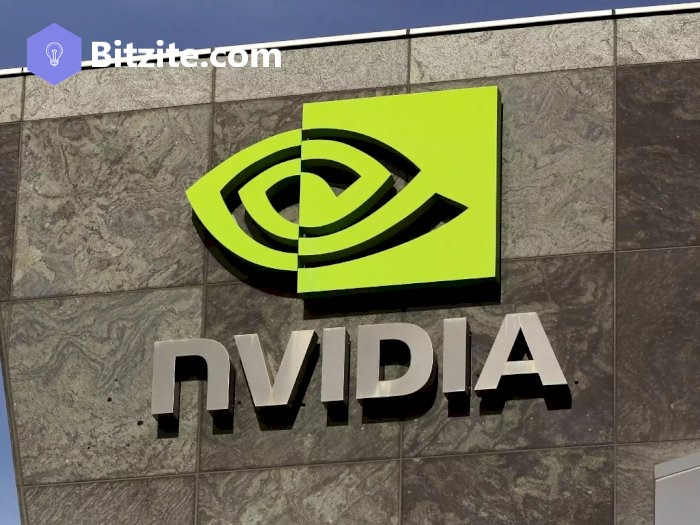In a fresh set of test results released on Wednesday, artificial intelligence processors from Qualcomm Inc (QCOM.O) defeated Nvidia Corp (NVDA.O) in two of three metrics of power efficiency, while a Taiwanese startup outperformed both in one.
When it comes to using massive quantities of data to build AI models, Nvidia dominates the industry. However, once these AI models have been taught, they are used more broadly in “inference” tasks like generating text answers to questions and determining whether a picture includes a cat.
Analysts predict that as companies integrate AI technologies into their products, the market for data center inference processors will expand rapidly. However, businesses like Alphabet Inc.’s (GOOGL.O) Google are already looking into ways to limit the additional costs that this will entail.
Electricity is one of those significant expenses, and Qualcomm has used its experience building chips for battery-powered devices like smartphones to create a chip dubbed the Cloud AI 100 that strives for thrifty power usage.
Based on how many data center server queries each chip can handle per watt, testing results released on Wednesday by MLCommons, an engineering consortium that maintains testing benchmarks widely used in the AI chip industry, showed that Qualcomm’s AI 100 chip outperformed Nvidia’s flagship H100 chip at classifying images.
In comparison to Nvidia, Qualcomm’s processors achieved 197.6 server requests per watt. With 227 inquiries per watt, Neuchips, a company established by renowned Taiwanese chip scholar Youn-Long Lin, won the competition.
In the object recognition test, Qualcomm outperformed Nvidia with a result of 3.2 queries per watt as opposed to Nvidia’s 2.4 queries per watt. Applications for object recognition include looking at video from shops to determine where customers frequent most.
Nvidia, however, won a test of natural language processing, the AI technology most frequently used in systems like chatbots, in both pure performance terms and power economy terms. Nvidia achieved a sample rate of 10.8 samples per watt, followed by Neuchips at 8.9 samples per watt and Qualcomm at 7.5 samples per watt.
